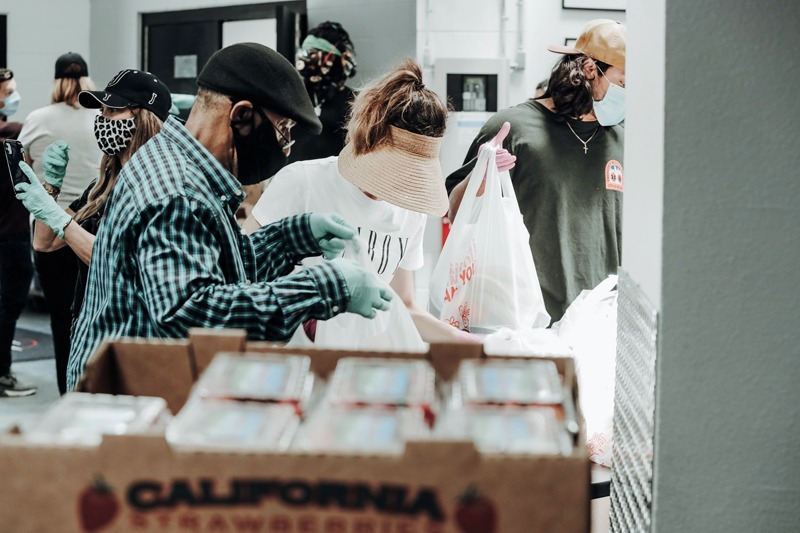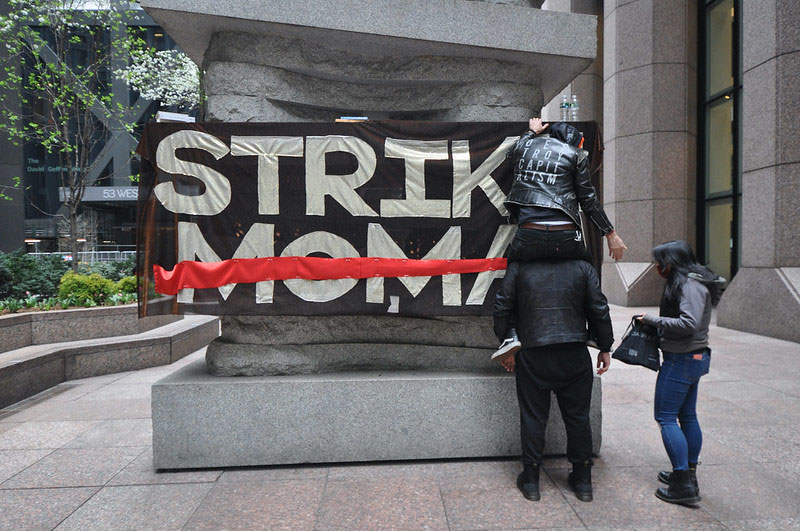April 21, 2010; The Daily Record | Across the nation, nonprofit community development financial institutions (CDFIs) have done much better than TARP-subsidized commercial banks, particularly if you realize that CDFIs work in low-income neighborhoods taking on projects that conventional lenders typically wouldn’t consider.
In Maryland, CDFIs have financed day care centers, affordable apartments, senior citizen complexes, and new businesses. Among the notable are the Enterprise Community Loan Fund in Silver Spring (which helped finance senior housing developed by a church CDC in Northwest Baltimore), Baltimore Community Lending, Maryland Capital Enterprises (in Salisbury, doing business microloans), and Baltimore’s Neighborhood Housing Services.
Sign up for our free newsletters
Subscribe to NPQ's newsletters to have our top stories delivered directly to your inbox.
By signing up, you agree to our privacy policy and terms of use, and to receive messages from NPQ and our partners.
CDFIs have a lot going for them—except capital. The number of CDFIs in Maryland has dropped from 22 in 2006 to 16 at the end of 2009. Nationally, CDFIs report not being able to keep up with loan demand because they simply don’t have enough capital for lending. The Obama Administration has increased federal support for the CDFI Fund at the Department of Treasury, which is the nation’s primary source of CDFI funding (through grants and tax credits), rising from $54 million in 2007 to $94 million in 2008, $107 million in 2009, and another $100 million from the stimulus bill.
The increased appropriations have been accompanied by increasing competition among CDFI applicants. Maryland is developing programs to support CDFIs—including programs in the Department of Business and Economic Development and the Department of Housing and Community Development—but they aren’t providing nearly enough capital to meet the housing, facility, and business development demands in lower income neighborhoods. How unusual! A successful program that is just about entirely dependent on the role of nonprofits, and there’s not enough money available for them to function, as the common parlance says, “at scale.”—Rick Cohen













